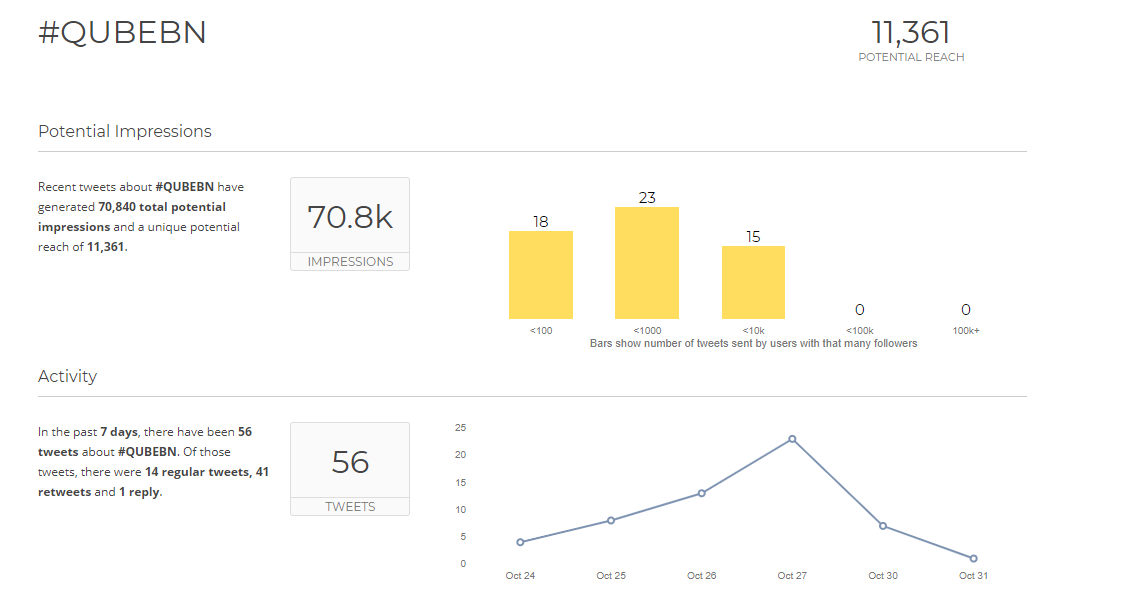In this blog post Paul McAleer reflects on his experiences of developing digital communities.
The advent of the Coronavirus pandemic has presented a challenge to the well-established and familiar way of academic life in Nursing Education. In the short-term at least, it is no longer possible for teachers and students to be ‘in the room’ together as they were before. In order to assure the safety of both students and staff, social distancing directives have forced change upon the traditional ‘face-to-face’ teaching. Class sizes have been reduced to support public health guidance and many pieces of the Nurse Education Curriculum have been moved online. Intuitively, this seems like it may present a threat to our well-established classroom communities however is this actually the case?
The Classroom Community
Being taught in a classroom is one of the most common and unifying cultural experiences in our society. From the earliest moments in our lives, these experiences will have served to shape our attitudes, beliefs and how we relate to others in the world around us.
Anyone who has spent time reflecting on what it’s like to be within the classroom will understand that everyone who is present is having their own, uniquely individual experience. Everyone in the classroom brings personal fears, anxieties, perceptions and expectations. In this sense it may be possible to suggest that at any given time there are actually two classes running at the same time…the one that is occurring externally (within the room) and the other which is taking place internally (within the minds of those who are present).
The familiar classroom experience is a multi-personal one. Effective teaching moves beyond the didactic delivery of information to the group, by using the taught content as a springboard for discussion and problem-solving. In these situations, the class becomes more like a community where individual ideas and thoughts are shared and added to so that a higher level of understanding can be achieved.
Effective teachers will plan and facilitate opportunities to trigger learning through discussion however, the class as a community evolves into an entity which is more than the systems of social interactions which the teacher imposes upon it. As the individuals within the group share and assimilate ideas, react and respond to each other, agree or disagree, a complex and dynamic matrix of multi-personal relationships are formed and experienced collectively (Foulkes, 1964). At some level this may seem overly theoretical, however people sometimes talk about instinctively or intuitively knowing what a class wants, or how the class is feeling. These feelings are often associated with ‘being in the room’ and may be a sign that one is tapping into the classes communal experience.
The Connected Learning Approach
The use of a ‘Connected Learning’ approach may, at least in the short term, help us to maintain our sense of connectedness with our class communities. Connected Learning is a framework for online learning which seeks to replicate face-to-face learning by developing a digital community that is academically orientated, creates shared purpose, is production-centred and provides peer support (Ito et al, 2013). As Nursing Students are now expected to ‘work from home’ it is anticipated that Connected Learning approaches will facilitate academic learning and also reduce anticipated feelings of isolation, as a result of the limited time the class physically spend in the classroom. It has been suggested that digital technology can encourage openness and connectivity and can help to construct shared understanding and learning as part of a socially orientated online community.
Learning and Teaching in Lockdown
During the springtime ‘lockdown’ I had the opportunity to use Connected Learning approaches with a class of Undergraduate Learning Disability Student Nurses. Admittedly, adopting these approaches was more through necessity than choice, although as Plato so eloquently put it “necessity is the mother of all invention”. The module lasted for six weeks and to promote wellbeing, the originally timetabled classes were consolidated into four-hour online workshops using a Flipped Classroom approach. This approach meant that more time could spend on group work activity, discussion and debate.
Various pieces of digital technology were used to help the group to foster a shared and communal online space. With the exception of online conferencing, students were already familiar with many of the tools, for example, online discussion boards, quizzes, polls and presentations, thus reducing connectivity issues and any hesitancy people might have had when adopting new technologies. The tools were used to orientate students to the academic content, and to develop a range of co-productive group tasks and activities which offered a sense of shared purpose.
Connecting Through Emotional Experience
To build a sense of community it is important that people can share emotional experiences. Everyone was asked to keep their webcams switched on so that others could see their facial expressions and emotional reactions. At the beginning of the workshops, students and teachers took part in icebreakers designed to collectively acknowledge and validate any common feelings or anxieties related to the workshop, or more generally to the pandemic. For example, people were invited to put one word in the chat box which described how they were feeling. The group then reviewed each other’s comments. The emotional themes were summarised so that common feelings could be acknowledged.
At various points throughout the workshop polls were used to encourage people to express opinions on the session topic. Students were also asked to make open comments on the topics which related to their own clinical experiences. This encouraged people to continuously contribute to the collective group task, and to identify and connect with other people’s experiences. Members of the teaching staff were assigned to breakout rooms to support group discussions and work activities. At the end of the session when the class came together again, people were invited to give each other feedback and share their reflections about their experience throughout the day.
Did People Feel More Connected?
In their evaluations, students provided valuable commentary about their experiences during the workshops and the ‘Connected Learning’ approach more generally. The feedback was generally very positive, but what was particularly interesting was the language students used to describe their experiences. Collective pronouns such as ‘we’ and ‘us’ were frequently used to describe their feelings. One student commented that:
“Even in these strange times, we were able to work together with the help of our lecturers through the use of group work”.
The language used in the evaluations may represent an important reflection point regarding the students’ ability to development of a sense of ‘community’ or ‘solidarity’ with one another.
Whilst it seems that students and teaching staff were able to establish a shared sense of community on this occasion, it is also worth noting that the group had already spent time together in the physical classroom prior to the lockdown. This will undoubtedly have helped ease the migration of teaching and learning to a fully online medium.
What will the future hold?
Predicting the future is a difficult task and as a result of the pandemic there is much uncertainty about how the next few months or years will play out. Approaches to teaching and learning such as Connected Learning will undoubtedly be placed in sharper focus, and it remains unclear whether these approaches alone will be effective in helping new student nurses to develop the collective sense of community that is enjoyed as a matter of course in face-to-face classes. One thing that is certain however, is the commitment and passion of nurses (students and teachers alike) to solve problems and overcome challenges…even in the most adverse of circumstances.
Whatever the future holds, we can be assured that Nurses will be at the forefront of any innovative approaches to building communities through online teaching and learning. As Florence Nightingale said, nurses would rather ‘die in the surf, heralding the way to a new world, than stand idly on the shore’.
[1] Foulkes, S. H., (1964) Therapeutic Group Analysis. London: Karnac Books.
[2] Ito, M., Gutierrez, K., Livingstone, S., Penuel, B., Rhodes, J., Salen, K., Watkins, S.C. (2013). Connected learning: An agenda for research and design. Irvine, CA: Digital Media and Learning Research Hub.
“Paul is a Lecturer (Education) in the SNoM’s Learning Disabilities Team, and has a special interest in Forensic Healthcare and Reflective Practice Groups”



